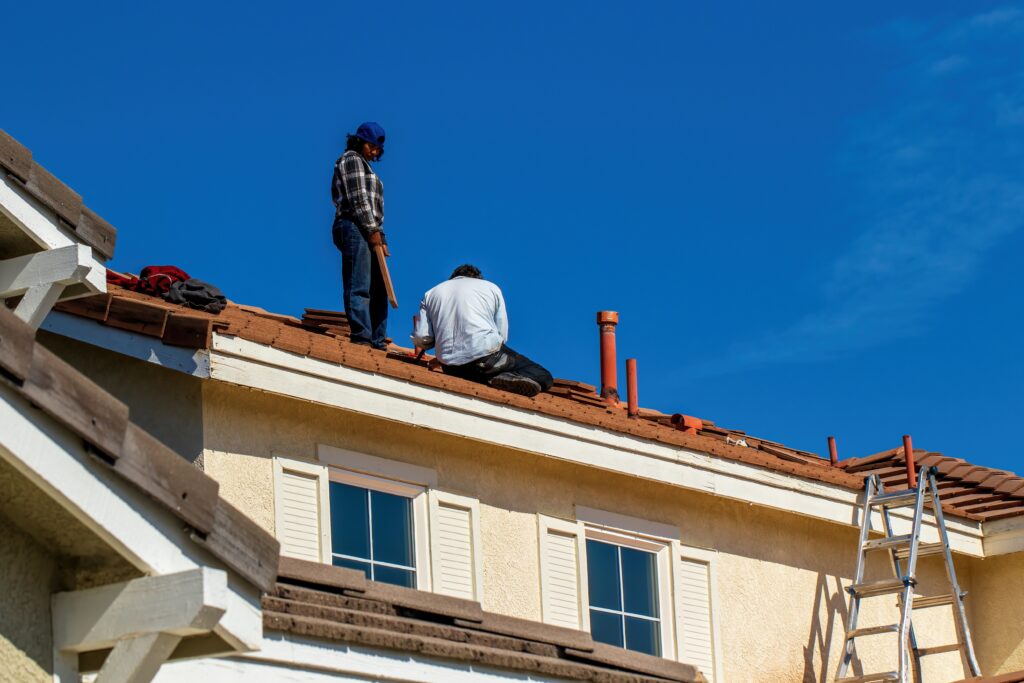
Selecting the best material for a roof is a crucial decision for homeowners and builders alike. The choice of roofing material has a significant impact on a building’s aesthetics, durability, energy efficiency, and long-term maintenance costs. Various roofing materials are available, each with its unique characteristics and advantages. In this article, we will explore some of the most common roofing materials, their strengths and weaknesses, and the factors to consider when determining the best material for your roof.
Factors Influencing Roofing Material Selection
Before delving into specific roofing materials, it’s essential to understand the key factors that influence the choice of roofing material:
- Climate: The local climate is a fundamental consideration. Roofing materials must withstand the weather conditions prevalent in the area, including rain, snow, hail, wind, and temperature fluctuations.
- Budget: The budget for your roofing project plays a significant role in material selection. Some roofing materials are more expensive upfront but offer long-term cost savings in terms of durability and energy efficiency.
- Aesthetics: The appearance of the roofing material can greatly impact a building’s curb appeal. Consider the architectural style of the structure and choose a material that complements it.
- Durability: Roofing materials vary in their expected lifespan. Some materials, such as metal and slate, can last for decades, while others may require more frequent replacement.
- Maintenance: Different roofing materials have varying maintenance requirements. Some are low-maintenance, while others may need regular inspections and repairs.
- Energy Efficiency: Energy-efficient roofing materials can help reduce heating and cooling costs. Reflective or cool roofing materials can reflect more sunlight and absorb less heat, keeping the interior cooler.
- Local Building Codes: Local building codes and regulations may dictate which roofing materials are allowed in your area. It’s essential to check for compliance with these codes before making a decision.
- Environmental Impact: Consider the environmental impact of the roofing material. Some materials are more sustainable and recyclable than others. Additionally, green roofing options can improve energy efficiency and reduce urban heat island effects.
Common Roofing Materials and Their Advantages
- Asphalt Shingles:
- Advantages: Asphalt shingles are the most popular roofing material in the United States due to their affordability, ease of installation, and versatility. They come in various colors and styles to suit different architectural designs. Asphalt shingles are also relatively low-maintenance.
- Considerations: While asphalt shingles are budget-friendly, they have a moderate lifespan of 15 to 30 years and may be more susceptible to damage in severe weather conditions.
- Metal Roofing:
- Advantages: Metal roofs, typically made of steel, aluminum, or copper, are highly durable and can last 50 years or more. They are resistant to fire, pests, and rot. Metal roofs are also energy-efficient, reflecting sunlight and reducing heat absorption.
- Considerations: Metal roofs can be more expensive upfront, but their longevity and energy efficiency often justify the investment. They may be noisier during heavy rain or hailstorms, but proper insulation can mitigate this issue.
- Wood Shingles and Shakes:
- Advantages: These kind of material offer a natural and rustic appearance. They are biodegradable and environmentally friendly. Cedar and redwood, in particular, are naturally resistant to decay and insects.
- Considerations: Wood roofing requires regular maintenance, including staining or sealing to prevent rot and weathering. It may not be suitable for areas prone to wildfires.
- Clay or Concrete Tiles:
- Advantages: Clay and concrete tiles are durable and can last for 50 years or more. They provide excellent insulation and are resistant to fire, rot, and pests. They are also available in various styles and colors.
- Considerations: These tiles are relatively heavy, requiring a strong roof structure for support. Professional installation is essential, and the cost can be higher compared to some other materials.
- Slate:
- Advantages: Slate roofing is known for its beauty, longevity (often over 100 years), and resistance to fire, pests, and rot. It is a natural stone material that adds a distinctive and elegant appearance to a building.
- Considerations: Slate is one of the most expensive roofing materials, both in terms of material and installation costs. It is also heavy, requiring a robust roof structure. Proper maintenance and repairs by experienced professionals are crucial.
- Synthetic Roofing Materials:
- Advantages: Synthetic roofing materials, offer the appearance of natural materials with enhanced durability and lower maintenance requirements. They are often more affordable than their natural counterparts.
- Considerations: The longevity and performance of synthetic materials can vary, so it’s essential to research and choose reputable brands. Some synthetic materials may not match the exact aesthetics of natural materials.
- Green Roofs:
- Advantages: Green roofs, or living roofs, are environmentally friendly options that can improve energy efficiency, manage stormwater runoff, and provide green space. They are excellent for urban environments and offer insulation benefits.
- Considerations: Green roofs are complex systems that require specialized installation and maintenance. They may have higher upfront costs, but the long-term benefits can be significant.
Conclusion
Selecting the best roofing material involves careful consideration of various factors, including climate, budget, aesthetics, durability, maintenance, energy efficiency, local building codes, and environmental impact. There is no one-size-fits-all answer, as each roofing material offers a unique set of advantages and considerations.
Ultimately, the choice of roofing material should align with your specific needs, priorities, and long-term goals. Whether you opt for the affordability of asphalt shingles, or the durability of metal roofing, the natural beauty of wood or clay tiles, or the elegance of slate, investing in the right roofing material ensures the protection and longevity of your home or building while enhancing its overall appearance and functionality.
